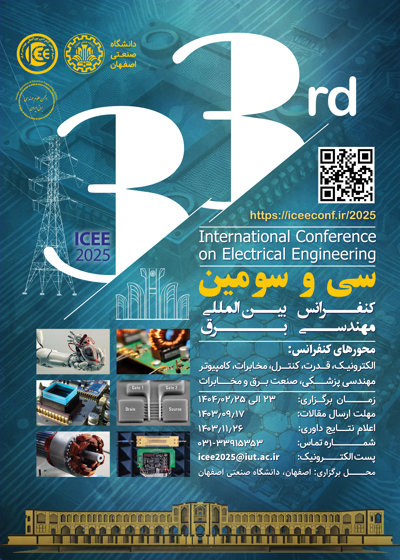0% Complete

نویسندگان :
کلمات کلیدی :
چکیده :
لیست مقالات بایگانی شده
Amir Neshastegaran - Ali Norouzifar - ایمان ایزدی
Danesh Amani - Ali Valizadeh - Reza Beiranvand - Ali Yazdian Varjani
Hossein Rezaei - Kamran Abdi - Mohsen Hooshmand
Moslem Geravandi - Hassan Moradi CheshmehBeigi
آرمان مرزبان - الهام امینی بروجنی
Maryam Salimifard - Heidar Ali Talebi
Morteza Abbasghorbani - Elham Vahed
Davoud Razaghpoor - Mir Majid Ghasemi - Saeid Afrang - Amir Fathi - Asma Akbarli
Hossein Aghajari - Sajad Ahmadinabi - Hamed Bakhtiari babadegani - Mehdi Naderi soorki
Pegah Khoshkavandi - Mohammad B Shamsollahi - Ali Motie Nasrabadi





